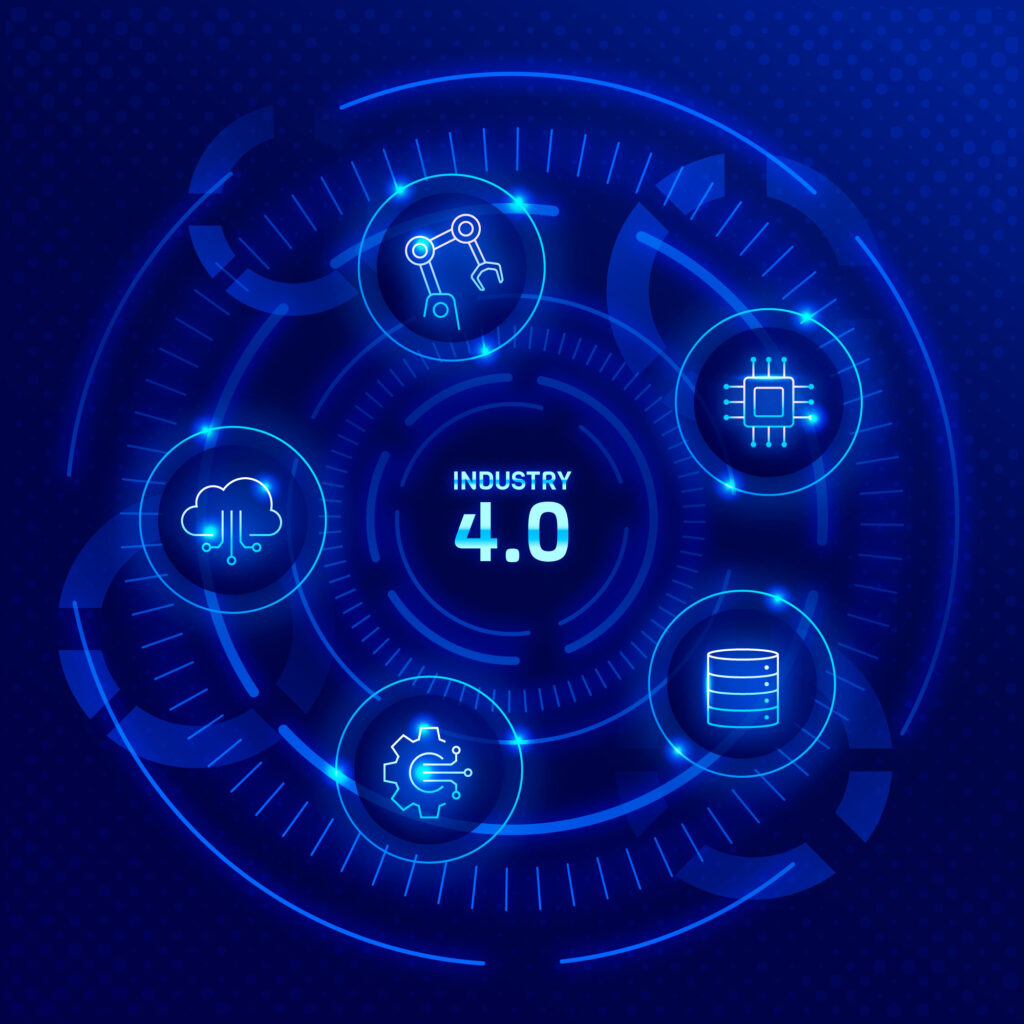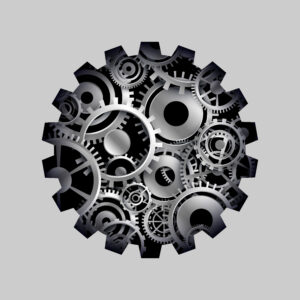Digitalizing Gear Tech: Simulation & Industry 4.0 Benefits
Why Digitalization Matters in Gear Manufacturing Today The gear manufacturing industry is undergoing a major shift. Digitalization in gear technology, empowered by simulation, modeling, and Industry 4.0, is revolutionizing how gears are designed, tested, and produced. These digital tools streamline processes, reduce human error, and unlock real-time decision-making. Companies adopting this digital evolution are gaining […]

Why Digitalization Matters in Gear Manufacturing Today
The gear manufacturing industry is undergoing a major shift. Digitalization in gear technology, empowered by simulation, modeling, and Industry 4.0, is revolutionizing how gears are designed, tested, and produced.
These digital tools streamline processes, reduce human error, and unlock real-time decision-making. Companies adopting this digital evolution are gaining a competitive edge—experiencing faster development, better quality, and reduced costs. Let’s explore how these tools are transforming modern gear production.
How Simulation Enhances Gear Design
Simulation tools enable designers to replicate real-world conditions. Engineers can test stress distribution, gear meshing, and contact patterns during the design phase. These simulations eliminate the need for multiple physical prototypes, saving time and resources.
With gear simulation tools, you can also model lubrication behavior, test gear backlash, and even predict wear. This speeds up development and results in stronger, quieter, and more reliable gears.
By using simulation in gear design, manufacturers reduce risk, increase accuracy, and improve overall performance before machining begins.
Modeling Supports Optimization and Predictive Maintenance
Digital modeling goes beyond geometry. It includes operational data, material properties, and environmental variables. These comprehensive models offer predictive maintenance insights by forecasting part failure.
For example, with gear modeling software, you can create digital twins—virtual replicas of physical gear systems. These twins collect data from sensors, offering real-time updates on gear health. This data-driven approach enables maintenance before a breakdown occurs.
By implementing predictive maintenance in gears, companies avoid downtime, extend component life, and reduce costs.
Industry 4.0’s Role in Smart Gear Manufacturing
Industry 4.0 in manufacturing is all about interconnected systems. In gear factories, it connects machines, sensors, and digital tools to enable smart gear production.
Machines now communicate and adjust in real time. Imagine a CNC machine adjusting speed based on a simulation model. That’s digital manufacturing powered by Industry 4.0.
AI-driven systems analyze data from gear simulations, ensuring that each component meets quality standards. Cloud platforms track every detail—from material sourcing to finished product.
In short, Industry 4.0 gear manufacturing transforms traditional processes into intelligent, automated systems.
Key Benefits of Digital Gear Technology
The integration of digitalization, modeling, and Industry 4.0 offers clear, measurable benefits:

- Better Accuracy: Gear simulation tools provide precision.
- Lower Costs: Reduces prototyping and scrap.
- Faster Time-to-Market: Streamlined workflows improve speed.
- Customized Production: Easily adapt gears for different clients.
- Predictive Maintenance: Prevents downtime using real-time alerts.
- Quality Assurance: Systems adjust automatically based on data feedback.
Whether you’re manufacturing gears for robotics, automotive, or aerospace, digital tools ensure top-notch results.
Real-World Use Cases Across Industries
Industries around the globe are leveraging digitalization in gear technology:
- Automotive: Virtual testing simulates road conditions.
- Aerospace: High-stress environments are digitally modeled.
- Robotics: Precision gears designed with zero backlash.
- Heavy Machinery: Digital twins monitor large-scale gear systems.
A European aerospace firm implemented gear modeling software and reduced development time by 25%. Another company introduced predictive maintenance in gears and cut breakdowns by 40%.
Implementation Challenges and How to Overcome Them
Despite the benefits, some hurdles exist:
- Training Requirements: Teams need to learn new software tools.
- Initial Costs: Hardware, software, and cloud services require investment.
- Data Security: Connected systems must be protected from breaches.
To overcome these, manufacturers should:
- Begin with small pilot programs
- Use cloud-based gear simulation tools to reduce infrastructure costs
- Train teams progressively using vendor support
Adopting digital manufacturing doesn’t need to be overwhelming—just strategic.
Building the Factory of the Future
To remain competitive, gear manufacturers must build the factory of the future. By combining smart gear production, simulation, and predictive maintenance, companies can enhance agility, sustainability, and profitability.
Digitalization in gear technology drives innovation across every phase—from design and prototyping to maintenance and delivery. With real-time monitoring, cloud analytics, and AI-driven tools, tomorrow’s factories are already here.
Investing in Industry 4.0 gear manufacturing ensures resilience, flexibility, and future-proofing your business.
Digitalization in gear technology is revolutionizing how we design and manufacture precision components. With gear simulation tools, digital modeling, and Industry 4.0 in manufacturing, businesses can predict failures, reduce waste, and accelerate production.
The integration of smart gear production and predictive maintenance in gears doesn’t just solve problems—it prevents them. Embracing these innovations ensures long-term competitiveness and operational excellence.
Gear manufacturing has entered a new digital era. Are you ready to lead the transformation?

